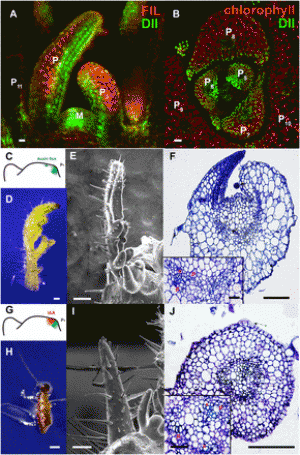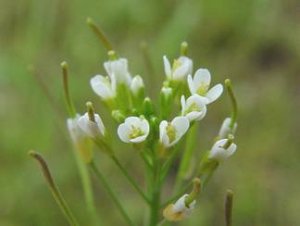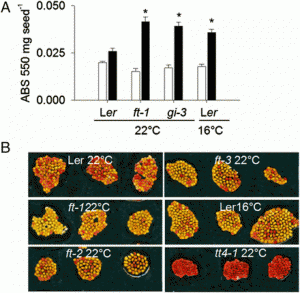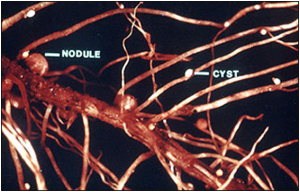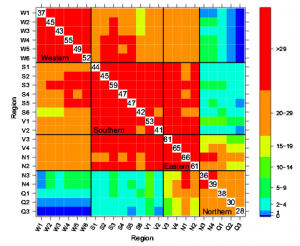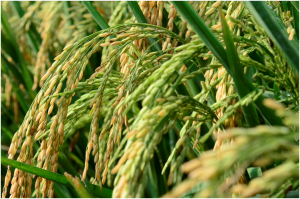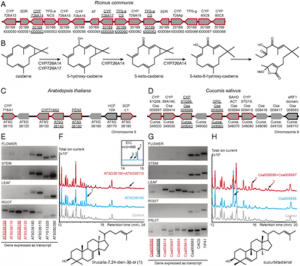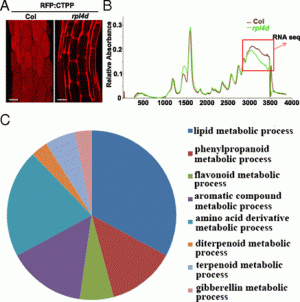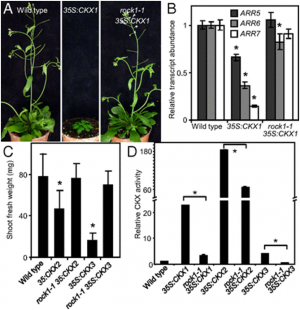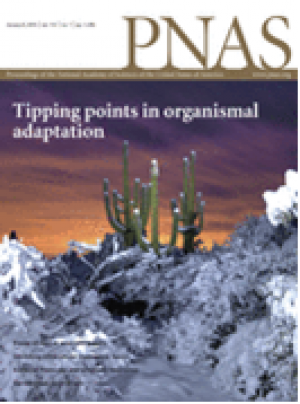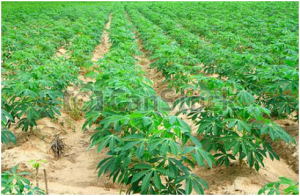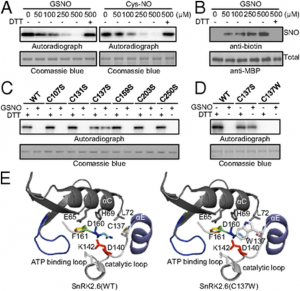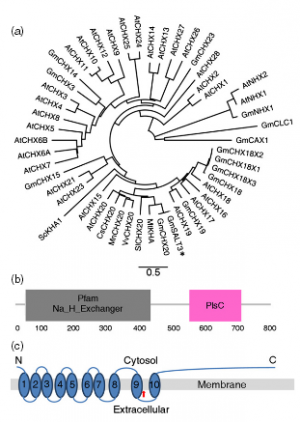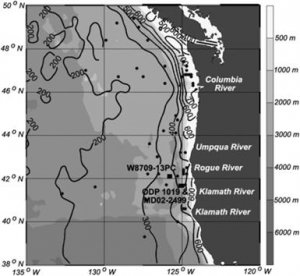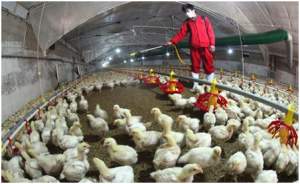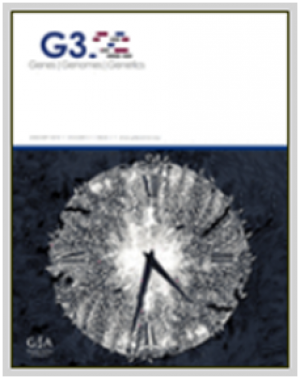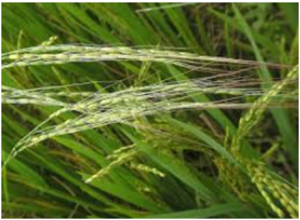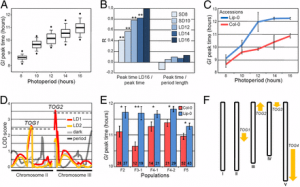|
Increasing plant group productivity through latent genetic variation for cooperation
Monday, 2022/12/05 | 08:30:20
|
|
Samuel E. Wuest, Nuno D. Pires, Shan Luo, Francois Vasseur, Julie Messier, Ueli Grossniklaus, Pascal A. Niklaus PLOS Biology; Published: November 29, 2022 https://doi.org/10.1371/journal.pbio.3001842 AbstractHistoric yield advances in the major crops have, to a large extent, been achieved by selection for improved productivity of groups of plant individuals such as high-density stands. Research suggests that such improved group productivity depends on “cooperative” traits (e.g., erect leaves, short stems) that—while beneficial to the group—decrease individual fitness under competition. This poses a problem for some traditional breeding approaches, especially when selection occurs at the level of individuals, because “selfish” traits will be selected for and reduce yield in high-density monocultures. One approach, therefore, has been to select individuals based on ideotypes with traits expected to promote group productivity. However, this approach is limited to architectural and physiological traits whose effects on growth and competition are relatively easy to anticipate. Here, we developed a general and simple method for the discovery of alleles promoting cooperation in plant stands. Our method is based on the game-theoretical premise that alleles increasing cooperation benefit the monoculture group but are disadvantageous to the individual when facing noncooperative neighbors. Testing the approach using the model plant Arabidopsis thaliana, we found a major effect locus where the rarer allele was associated with increased cooperation and productivity in high-density stands. The allele likely affects a pleiotropic gene, since we find that it is also associated with reduced root competition but higher resistance against disease. Thus, even though cooperation is considered evolutionarily unstable except under special circumstances, conflicting selective forces acting on a pleiotropic gene might maintain latent genetic variation for cooperation in nature. Such variation, once identified in a crop, could rapidly be leveraged in modern breeding programs and provide efficient routes to increase yields.
See https://journals.plos.org/plosbiology/article?id=10.1371/journal.pbio.3001842
|
|
|
|
[ Other News ]___________________________________________________
|

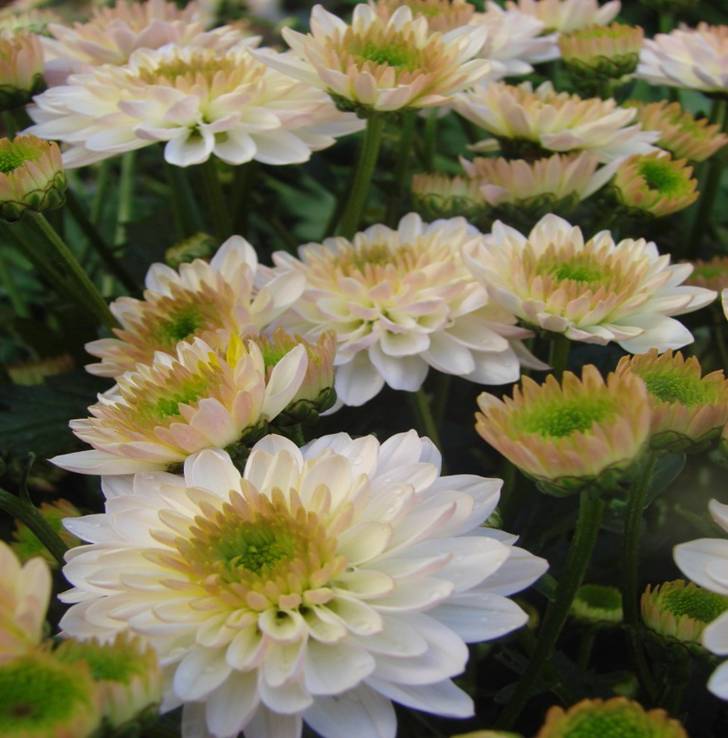
 Curently online :
Curently online :
 Total visitors :
Total visitors :
